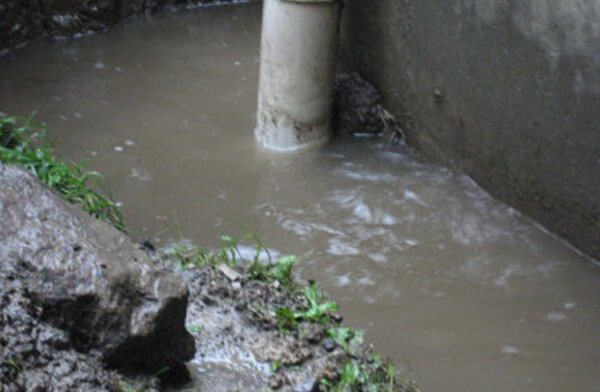Discover Concealed Water Line Leaks: 6 Proven Ways for Detecting
Discover Concealed Water Line Leaks: 6 Proven Ways for Detecting
Blog Article
What are your thoughts on Locating water leaks?

Early detection of dripping water lines can mitigate a prospective disaster. Some small water leakages might not be noticeable.
1. Take A Look At the Water Meter
Checking it is a guaranteed way that helps you uncover leaks. If it moves, that suggests a fast-moving leak. This indicates you may have a slow-moving leakage that could even be below ground.
2. Inspect Water Usage
Assess your water costs and track your water intake. As the one paying it, you must notice if there are any kind of inconsistencies. If you find sudden changes, despite your intake being the same, it suggests that you have leaks in your plumbing system. Bear in mind, your water bill ought to drop under the very same range each month. A sudden spike in your costs shows a fast-moving leak.
On the other hand, a consistent boost every month, even with the same habits, reveals you have a slow-moving leak that's likewise slowly escalating. Call a plumber to thoroughly check your building, particularly if you really feel a warm area on your flooring with piping underneath.
3. Do a Food Coloring Test
30% comes from toilets when it comes to water usage. Test to see if they are running properly. Drop flecks of food shade in the storage tank and wait 10 minutes. If the shade in some way infiltrates your dish throughout that time without flushing, there's a leakage in between the tank and also bowl.
4. Asses Outside Lines
Don't neglect to check your outside water lines also. Must water seep out of the connection, you have a loose rubber gasket. One tiny leak can waste tons of water and also increase your water expense.
5. Check and Analyze the Circumstance
Property owners should make it a behavior to check under the sink counters and also also inside cupboards for any type of bad odor or mold growth. These 2 red flags suggest a leak so timely interest is required. Doing routine inspections, even bi-annually, can save you from a significant problem.
Much more notably, if you recognize your house is already old, keep a watchful eye on your heaters, pipes, pipelines etc. Look for stainings as well as deteriorating as the majority of devices and pipelines have a life span. They will certainly additionally normally wear away due to wear and tear. If you believe leaking water lines in your plumbing system, do not await it to intensify. Call an expert plumber as soon as possible so you do not end up with a terrible mess in your home.
Early detection of leaking water lines can minimize a possible calamity. Some tiny water leaks may not be noticeable. Examining it is a guaranteed method that helps you find leakages. One small leakage can squander heaps of water and surge your water bill.
If you believe dripping water lines in your plumbing system, don't wait for it to escalate.
WARNING SIGNS OF WATER LEAKAGE BEHIND THE WALL
PERSISTENT MUSTY ODORS
As water slowly drips from a leaky pipe inside the wall, flooring and sheetrock stay damp and develop an odor similar to wet cardboard. It generates a musty smell that can help you find hidden leaks.
MOLD IN UNUSUAL AREAS
Mold usually grows in wet areas like kitchens, baths and laundry rooms. If you spot the stuff on walls or baseboards in other rooms of the house, it’s a good indicator of undetected water leaks.
STAINS THAT GROW
When mold thrives around a leaky pipe, it sometimes takes hold on the inside surface of the affected wall. A growing stain on otherwise clean sheetrock is often your sign of a hidden plumbing problem.
PEELING OR BUBBLING WALLPAPER / PAINT
This clue is easy to miss in rooms that don’t get much use. When you see wallpaper separating along seams or paint bubbling or flaking off the wall, blame sheetrock that stays wet because of an undetected leak.
BUCKLED CEILINGS AND STAINED FLOORS
If ceilings or floors in bathrooms, kitchens or laundry areas develop structural problems, don’t rule out constant damp inside the walls. Wet sheetrock can affect adjacent framing, flooring and ceilings.
https://www.servicemasterbyzaba.com/blog/how-to-detect-water-leakage-in-walls/

Do you appreciate reading about Leaking water lines? Create feedback directly below. We would be delighted to find out your thoughts about this blog posting. Hoping to see you back again in the near future. Do you know about anybody else who is in to the niche? Take a moment to share it. I am grateful for your time. Come back soon.
Expertise? Call us! Report this page